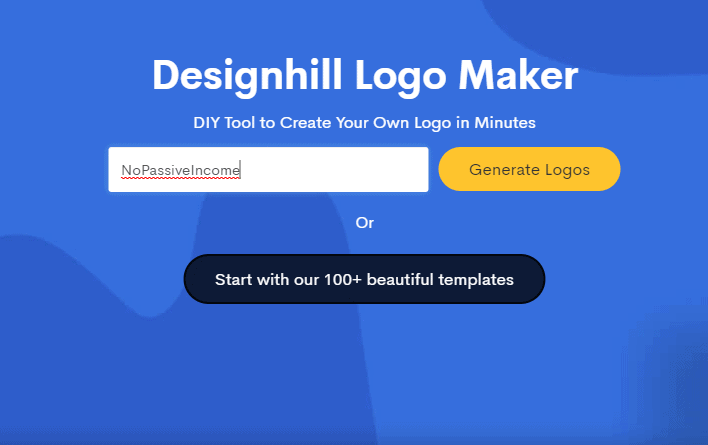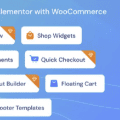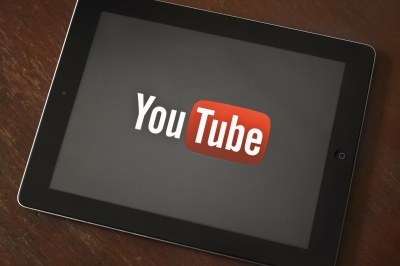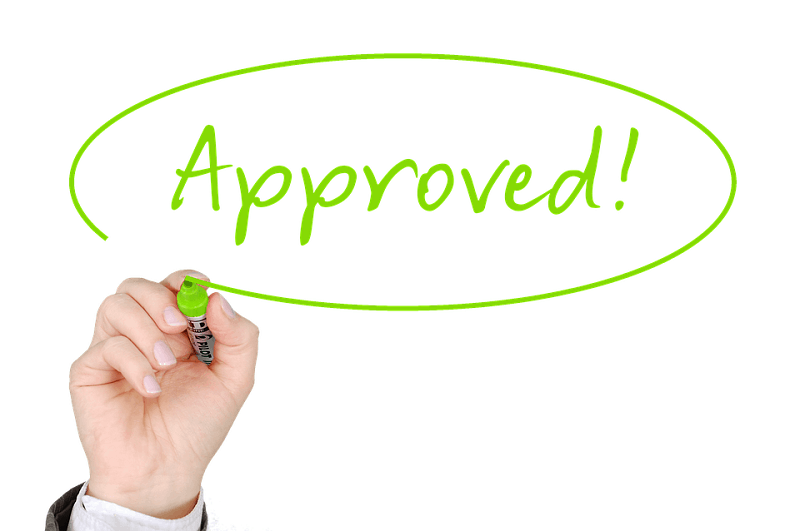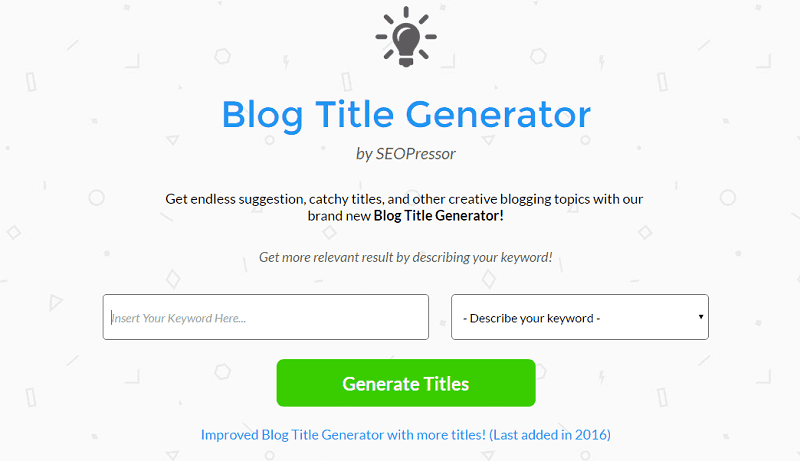Creating content for your mobile app isn’t just about writing text – it’s about guiding users, solving problems, and driving engagement. Most apps fail not because they lack features, but because users don’t understand how to use them. Think about the last time you deleted an app. Was it because it didn’t work, or because you couldn’t figure out how to make it work for you?
This guide walks you through creating content that users actually want to read and use.
Table of Contents
Why Content Is Important for the Success of Your App
Apps fail when users don’t understand them. Even the most brilliant features become redundant if the users cannot figure out how to use them. Take Duolingo, for example; its friendly owl mascot and clear instructions make learning a new language feel achievable. They break down complex language lessons into small, understandable chunks.

Know Your Users Inside Out
Start by asking the right questions:
- Who are your users?
- What pain points do they have?
Create user personas based on real data, for example. If you’re building a meal planning app, your user, Sarah, can be a busy parent who needs quick, healthy dinner ideas. She has 15 minutes to plan meals and shop once a week. Your content should focus on weekly meal plans and quick recipes.
How. Run surveys. Read app store reviews. Ask your users in person. Set up analytics to see what features people use and which ones they never do.
The Types of Content That Can Make or Break Your App
You will need to write different types of content for various purposes. Among them are:
- App Store Description. Again, talk benefits, not features. Instead of “Advanced task management system,” say “Get your to-do list done in half the time.”
- Onboarding Screens. Show, don’t tell. Spotify’s onboarding asks users to select their favorite artists instead of telling them how the algorithm works.
- Push Notifications. Relevant and timely. A weather app sending “Don’t forget your umbrella!” when rain is forecast is helpful. Sending “Check today’s weather!” at random times isn’t.
- Help Documentation. Write for skimming. Users looking for help want quick answers. Break text into small chunks with clear headings.
Professional writers recommend establishing a review cadence for them:
- Monthly. Help articles should reflect how the product works today.
- Quarterly. App Store descriptions should be updated.
- Yearly. Full audit of content.
Example. Strava updates its activity descriptions on a regular basis based on user feedback.
Build Your Strategy from Scratch
Success will be highly based on how well you understand and apply these steps. Let’s break down each phase by clear actions you can do today.
Step 1: Analyze Your App and Users
Before creating content, understand who you are creating content for and why they actually need your app:
- Establish the main purpose and major features of your app
- Create user personas based on your target audience
- Enumerate key user problems your app solves
- Map out user journey stages: first-time, regular, power users
- Check what people are looking for on search engines by conducting keywords research
This foundation will guide every content decision you make moving forward. For example, a meditation app might find that 70% of its users open the app on their morning commutes and develop shorter, transit-friendly sessions to accommodate them.
Step 2: Audit Existing Content
Taking stock of your current content reveals gaps and opportunities that you might otherwise miss:
- Screenshot every screen in your app
- List all text content:
- Button labels
- Screen headlines
- Error messages
- Help articles
- Various types of tooltips
- Note inconsistencies in tone or terminology
- Identify content gaps
This audit often uncovers surprising insights. One fitness app discovered that they used five different terms for the same feature, which confused their users.
Step 3: Define Your Content Guidelines
Clear guidelines ensure that everyone on your team creates consistent, on-brand content:
- Set your brand voice: friendly, professional, playful.
- Create a word list:
- Words to use
- Words to avoid
- Content guidelines include:
- Maximum sentence length
- Reading level
- Formatting conventions
Your content guidelines will be the go-to book for your team about your content.
Step 4: Strategize Content Types
Your app is full of various areas where the approach to content can differ. Consider all these carefully:
- App store description
- Onboarding screens
- In-app instructions
- Push notifications
- Help documentation
- Marketing emails
- Error messages
This gives you a roadmap for creation once you have planned your content types.
How to Write Content Users Actually Want to Read
Here are 2 examples for you:
- Bad: “Our state-of-the-art algorithm optimizes your workout performance.”
- Good: “Get personalized workouts that match your fitness level.”
- Bad: “Error 404: Resource not found”
- Good: “We can’t find that page. Here are some workouts you might like instead.”
Use simple words. If you’re writing how to track expenses in a finance app, write: “Take a photo of your receipt” instead of “Digitize your expenditure documentation.”
Also, test your content before launch:
- Show new screens to five users
- Ask them to explain what they think each screen means
- Watch where they get confused
- Rewrite and test again
Example: A meditation app discovered users didn’t know what to do with “Begin Session.” Renaming the button “Start Meditation” resulted in a 25% increase in user engagement.
Conclusion
Success in-app content comes from iterative testing and honing. Begin with small processes, test among actual users, and continually create iterations based on how people are really using your app. That is, if people do not understand the content of the app, they would also not be able to apply its app features notwithstanding.

